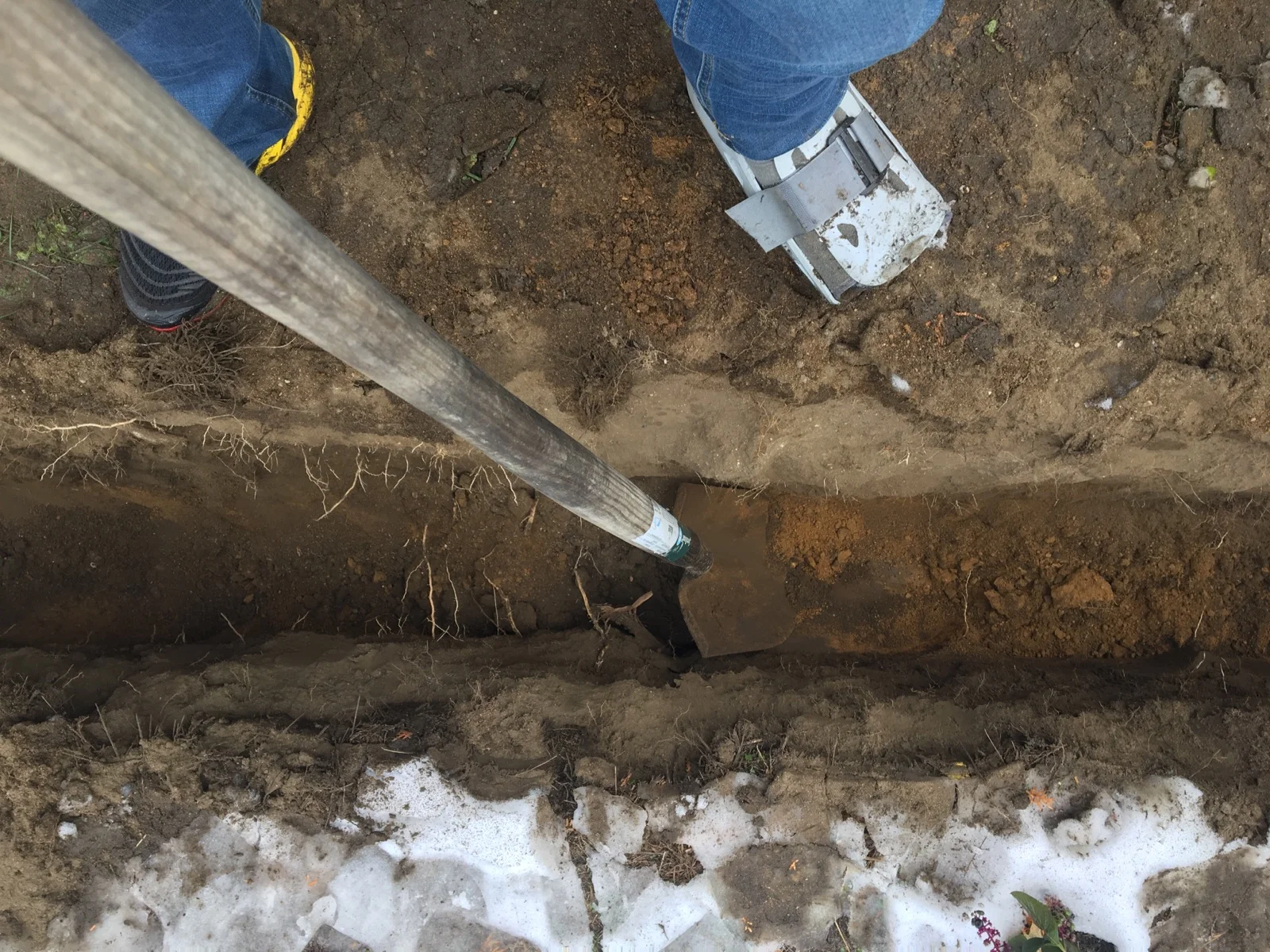by Colin Aina
Throughout the 10 weeks that Ben was in the aircast he was able to progress his therapy but was still restricted to limited amounts of weight bearing. There were days when he'd overdo it and would be sore, yielding a subsequent rest day for the leg. Again, due to the nature of his work it was tough to reign in on being restrictive. Ben, hard at work below...
(Part 1, Part 2, Part 3, Part 4, Part 5, Part 6)
Although able to do more and work toward healing, there were times when his leg just didn't feel right. Biking seemed to bother him and he was getting some burning pain in the site of the break. I suggested some manual stretches as well as some techniques with the foam roller and tried to give him some pointers. It was around this time in the first week of November and one week prior to his X-ray follow up that Ben went climbing for the first time since the accident. He remarked that he went to his local climbing gym and climbed routes no harder than 5.6. He felt great being able to climb again and was able to regain confidence.
A week later he went into his chekup anticipating good news: the X-ray would show healing, clearance for more intense exercise, and hopefully would graduate out of the aircast. He left the doctor with good and bad news. The bad news was that he leg was still broken but showed some signs of new bone growth. It was progressing very slowly. The good news was that he could ditch the aircast and was allowed to hike and carry a pack. He was still contraindicated to run, jump, kick, and ice climb for the time being. Unlike rock climbing, which is overall a bit more graceful, the footwork of ice climbing is such that requires you to kick into the ice.
Compared to out west and higher latitudes across the world, the northeast U.S. ice climbing season is relatively short. If we are lucky, it runs from mid-December to early March. There are times when a sudden early season coldsnap will yield climbable ice and there's a mad dash to get to it. In October, we start looking at the upcoming month's forecast as well as precipitation totals. A good amount of fall rain saturating the ground sets a good base for ice to develop and being armchair meteorologists, we try to predict when, where and how early we can climb.
Coincidentally, The Whitney Gillman route where the accident occurred creates a buttress that shadows an iconic New England ice route called the Black Dike. So named for the dark ochre and yellowish-brown ice that develops, the Dike is similar to the WG in that it's a multi-pitch route with fair amount of exposure. Adding to Ben's and my anxiety to get the season going, the Dike's first ascent of the season was made on 10/26 in marginal conditions...http://neice.com/ice-climbing-conditions/the-dike-10-26-16/. Would this be an early season to contrast the amazingly awful and warm winter we had last year? I was getting anxious for Ben to get healed ASAP.
Ben had an X-ray scheduled for early February but was able to convince his ortho to schedule it for January 9th in the hopes of getting a positive result and to be able to climb sooner than later. As he was able to do more he complained of chronic pain more regularly, especially in the morning. I became somewhat of a long distance massage therapist, suggesting more specific drills to help alleviate his pain via text message. I was continually nagging him to search out a competent massage therapist, which would for sure accelerate the healing process. He was unsuccessful in finding anyone which led me to suggest that he come to RI and see either Kristen Paradise or Kaela-Rose Gentile. I took on the role of secretary and made him an appointment. The second weekend in December he made the two-hour drive to come hang out for the weekend and get his much needed massage. We went to my local climbing gym the morning of the appointment, "dude, the last time we roped up together was teh day of the accident 5 months earlier," I said. We remarked on the irony and spent just over an hour climbing before he had to meet up with Kaela.


